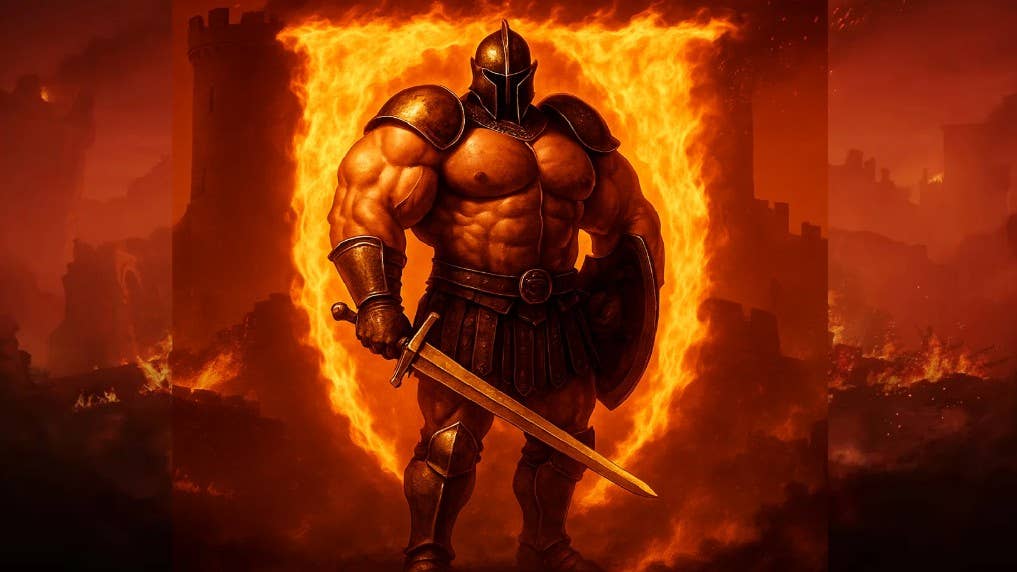Phone Comparisons: Google Pixel 9a vs Apple iPhone 16
The post Phone Comparisons: Google Pixel 9a vs Apple iPhone 16 appeared first on Android Headlines.
We’re here to compare two compact smartphones. Granted, these two phones are not in the same bracket, but still, comparing them makes sense. We’ll be comparing the Google Pixel 9a vs Apple iPhone 16. The Pixel 9a is Google’s latest budget smartphone. The iPhone 16, on the other hand, is one of the cheaper iPhone models from the latest series, but we wouldn’t exactly call it a budget phone.
With that being said, we’ll first list the specs of both smartphones and take it from there. Following that, we’ll compare their designs, displays, performance, battery life, cameras, and audio output. These two smartphones don’t exactly have a lot in common, save for the fact they’re compact phones and some design details. In any case, let’s get to it, shall we?
Specs
Google Pixel 9a vs Apple iPhone 16, respectively
– Screen size:
6.3-inch pOLED display (120Hz, HDR, 2,700 nits)
6.1-inch Super Retina XDR OLED ( flat, 60Hz, HDR, 2,000 nits)
– Display resolution:
2424 x 1080
2556 x 1179
– SoC:
Google Tensor G4
Apple A18 (3nm)
– RAM:
8GB
8GB
– Storage:
128GB/256GB (UFS 3.1)
128GB/256GB/512GB (NVMe)
– Rear cameras:
48MP (wide, f/1.7 aperture, 1/2.0-inch sensor size, Dual Pixel PDAF, OIS), 13MP (ultrawide, f/2.2 aperture, 120-degree FoV, 1/3.1-inch sensor size)
48MP (wide, f/1.6 aperture, 1/1.56-inch sensor, 1.0um pixel size, sensor-shift OIS), 12MP (ultrawide, f/2.2 aperture, 120-degree FoV, 0.7um pixel size, PDAF)
– Front cameras:
13MP (f/2.2 aperture, 96.1-inch sensor size)
12MP (f/1.9 aperture, PDAF, 1/3.6-inch sensor size)
– Battery:
5,100mAh
3,582mAh
– Charging:
23W wired, 7.5W wireless (charger not included)
30W wired, 25W MagSafe wireless, 15W Qi2 wireless, 7.5W Qi wireless & 4.5W reverse wired charging
– Dimensions:
154.7 x 73.3 x 8.9mm
147.6 x 71.6 x 7.8 mm
– Weight:
185.9 grams
170 grams
– Connectivity:
5G, LTE, NFC, Wi-Fi, USB Type-C, Bluetooth 5.3
– Security:
Under-display fingerprint scanner (optical)
Face ID (3D facial scanning)
– OS:
Android 15
iOS 18
– Price:
$499+
$799+
– Buy:
Google Pixel 9a (Amazon)
Apple iPhone 16 (Apple)
Google Pixel 9a vs Apple iPhone 16: Design
The moment you lay your eyes on the two devices, you’ll notice that they have similar corner curvature. Both phones also include flat displays with uniform bezels. Those bezels are thinner on the iPhone 16, though. The Pixel 9a has a centered display camera hole up top, while the iPhone 16 includes a pill-shaped cutout in the same spot. That cutout is called the Dynamic Island.
The frame is flat on both smartphones, all around. The Pixel 9a includes all of its physical buttons on the right-hand side. The power/lock key sits above the volume up and down buttons. The iPhone 16 has a power/lock key on the right, along with a Camera Control button. On the left, you’ll find a volume up and down button, not to mention the Action Button, which replaced the mute switch on iPhones.
If we flip the two phones around, you’ll notice flat backplates on both of them. They do have entirely different camera setups. The Pixel 9a includes a horizontal, pill-shaped cutout. Two cameras are included in there, and they do not protrude. The iPhone 16 has a vertically-aligned camera bump, and two cameras in there. Both setups are placed in the top-left corner on the back, by the way.
The Pixel 9a is made out of aluminum and plastic, while the iPhone 16 uses aluminum and glass. Google’s handset is considerably taller, and a bit wider, while also being thicker. It’s also 16 grams heavier. The Pixel 9a does have a larger display here, it’s less compact than the iPhone 16. Both phones do come with an IP68 certification for water and dust resistance.
Google Pixel 9a vs Apple iPhone 16: Display
The Google Pixel 9a includes a 6.1-inch fullHD+ (2424 x 1080) pOLED display with an adaptive refresh rate of up to 120Hz. HDR content is supported here. This panel is flat, and its peak brightness is 2,700 nits. The screen-to-body ratio here is around 83%, while the display aspect ratio is 20:9. This phone’s display is protected by the Gorilla Glass 3 from Corning, which is quite dated at this point.
![]()
The iPhone 16, on the flip side, includes a 6.1-inch Super Retina XDR OLED display. That panel is also flat, and it supports HDR10 content and has Dolby Vision support. The peak brightness here is 2,000 nits, while the screen-to-body ratio is at around 87%. The resolution offered here is 2556 x 1179, and the display aspect ratio is 19.5:9. This display is protected by the Ceramic Shield glass (2024 edition).
Both of these displays are quite good, and not many people will find many complaints. They’re vivid, have good viewing angles, and are more than sharp enough. The touch response is good on both phones too, and both of them are bright enough. The iPhone 16’s panel does have better display protection, the Gorilla Glass 3 is quite prone to microscratches, using a screen protector is recommended. Neither phone supports high-frequency PWM dimming.
Google Pixel 9a vs Apple iPhone 16: Performance
Google’s handset is fueled by the Google Tensor G4 processor. That is the company’s 4nm chip. It is paired with 8GB of RAM and UFS 3.1 flash storage. Do note that this chip comes with the older Exynos 5300 modem, not the Exynos 5400 one that is included in other Pixel 9 phones. The iPhone 16, on the other hand, is fueled by the Apple A18 chip, a 3nm processor from the company. It also comes with 8GB of RAM and NVMe flash storage. Neither phone supports storage expansion, by the way.
The performance both of these phones offer is really good, though. They’re quite snappy during day-to-day use, you will never feel like they’re slow, and lag is not a part of the equation. They are quite fast when it comes to opening apps, jumping between them, and doing basically everything else. The iPhone 16 is technically more powerful, though, mainly due to the prowess of the processor Apple used here.
Apple’s handset is also better for gaming, technically. The Tensor G4 is not exactly made for gaming. Even though you can use it for that purpose, high-end games won’t work as well as they will on the iPhone 16. That is to be expected. The Apple A18 is better at running graphically demanding titles.
Google Pixel 9a vs Apple iPhone 16: Battery
A 5,100mAh battery sits inside the Pixel 9a. The iPhone 16, on the other hand, comes with a 3,561mAh battery. Yes, this is quite a difference, but we’re used to seeing that when comparing Android phones and iPhones. Apple’s devices usually include smaller batteries than their Android counterparts. That doesn’t mean it doesn’t offer great battery life, quite the contrary, the battery life on it is fantastic.
In fact, both of these smartphones offer great battery life. That’s not something you’ll really have to worry about. We’d say that the iPhone 16 does a better job of lasting longer, but the Pixel 9a is nothing to scoff at, quite the contrary. Even more demanding users will likely be able to get to the end of the day on a single charge, without a problem. For many people, both of these devices will likely last way over a day.
The Pixel 9a supports 23W wired and 7.5W wireless charging. The iPhone 16, on the other hand, supports 30W wired, 25W MagSafe wireless, 15W Qi2 wireless, and 4.5W reverse wired charging. Neither phone charges particularly fast. The Pixel 9a takes around an hour and 35 minutes to charge. The iPhone 16 is even a bit slower than that, as it takes around an hour and 40 minutes to fully charge. Neither phone comes with a charger in the retail box.
Google Pixel 9a vs Apple iPhone 16: Cameras
The Google Pixel 9a has a 48-megapixel main camera (1/2.0-inch sensor size) on the back, along with a 13-megapixel ultrawide unit (1/3.1-inch sensor size, 120-degree FoV). The iPhone 16, on the other hand, includes a 48-megapixel main camera (1/1.56-inch sensor size), along with a 12-megapixel ultrawide snapper (120-degree FoV).
![]()
With that being said, both of these phones do a good job when it comes to photography, but neither is at the very top of camera smartphones, not even close. Photos during the day are well-balanced on both sides, but they’re different. The Pixel 9a prefers a more contrasty style, the well-known Pixel photo look. Images from the iPhone 16 do look closer to real life. Both devices offer detailed photos and do a great job with HDR. The iPhone 16 handles low-light situations better, as it has less noise in its shots. The Pixel 9a is not bad, though.
Their ultrawide cameras are alright, but nothing to write home about. The quality drop is visible on both phones, and that is especially noticeable in low light. We’d suggest using the main cameras in such conditions. Other than that, they do a good job, even though the main cameras are visibly better. Both ultrawide cameras keep a similar color style to the main snappers.
Audio
There are stereo speakers included on both of these smartphones. Those speakers are good on both smartphones, but they’re not amongst the best out there. They’re loud enough, though, and the sound output is also good.
There is no audio jack on either phone. You can, however, connect your wired headphones to the Type-C port on both smartphones. You will need a dongle, though, of course. Alternatively, both phones support Bluetooth 5.3 for wireless audio connectivity.
The post Phone Comparisons: Google Pixel 9a vs Apple iPhone 16 appeared first on Android Headlines.




















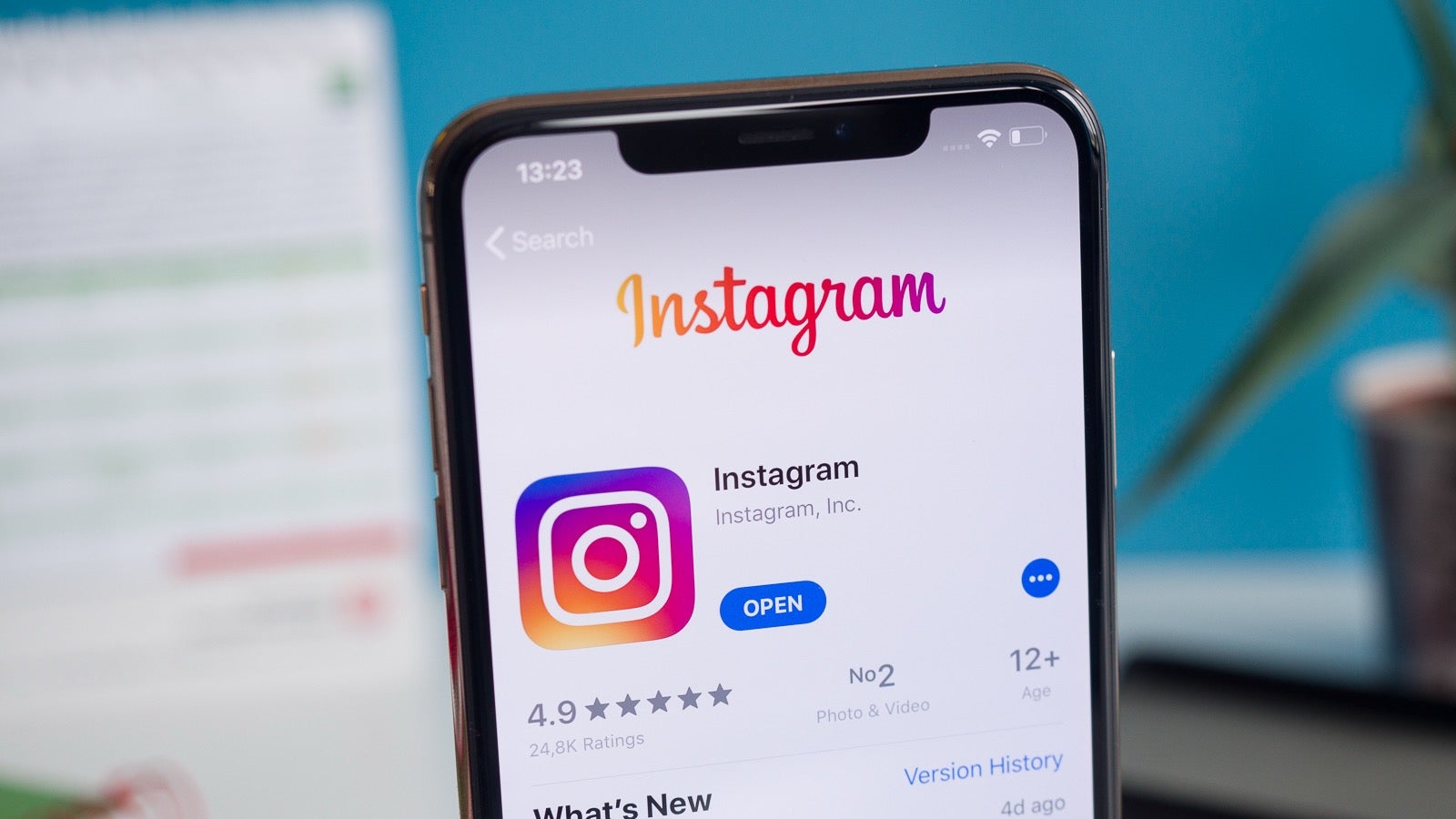
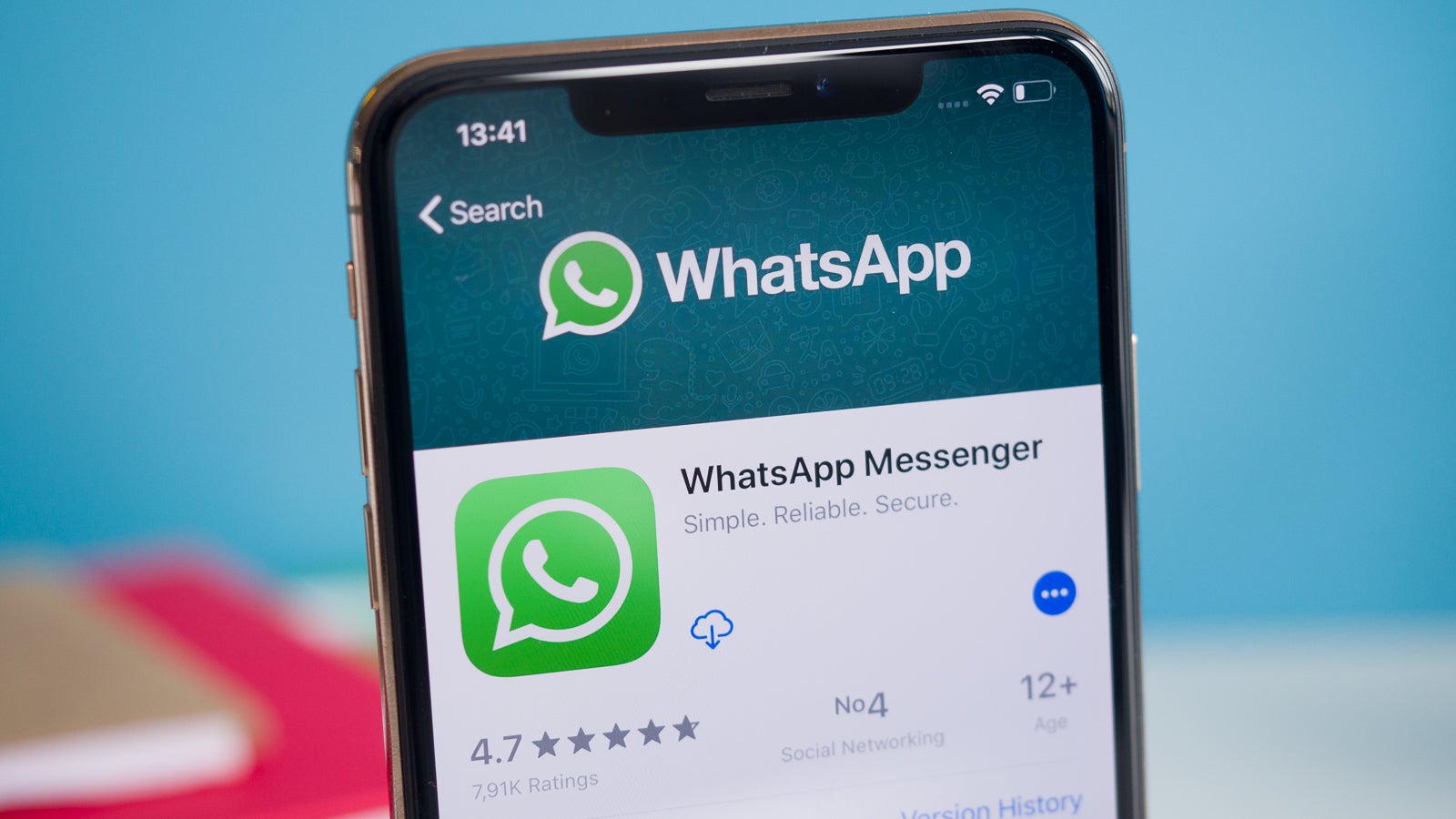
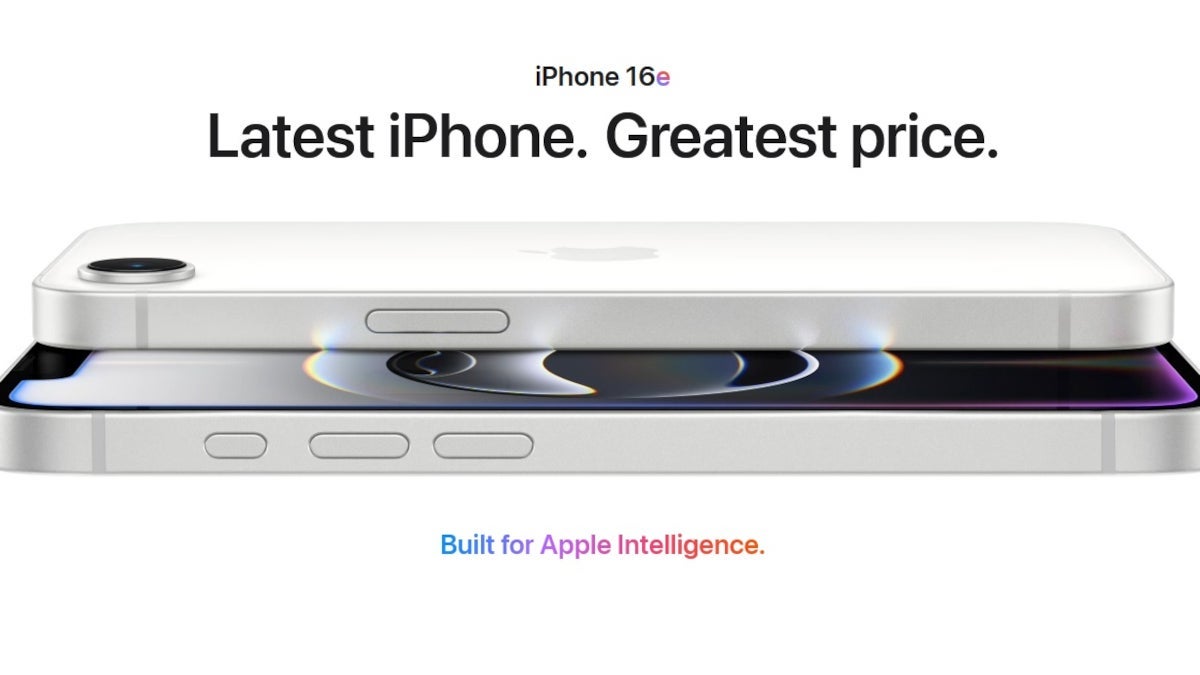






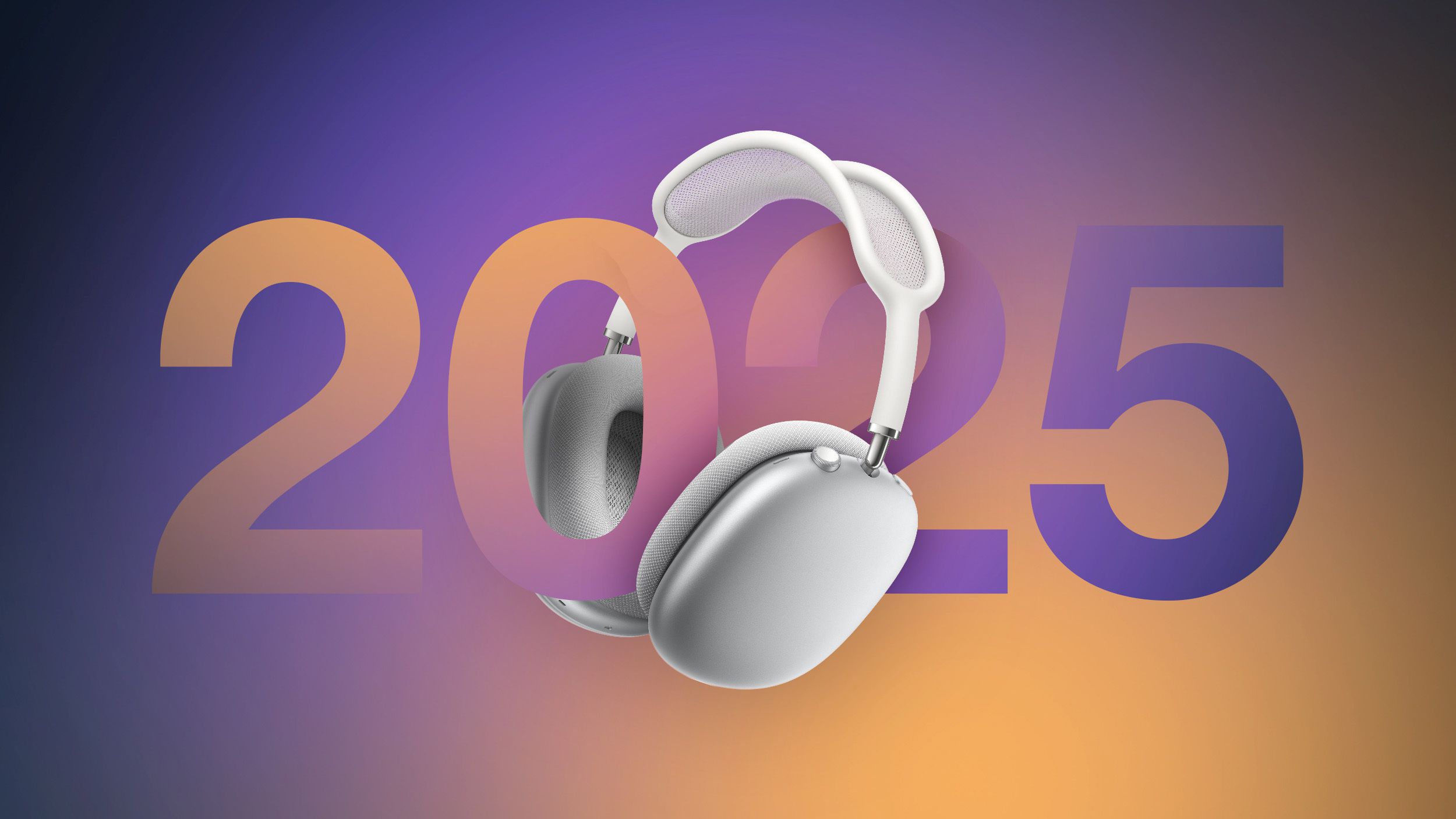
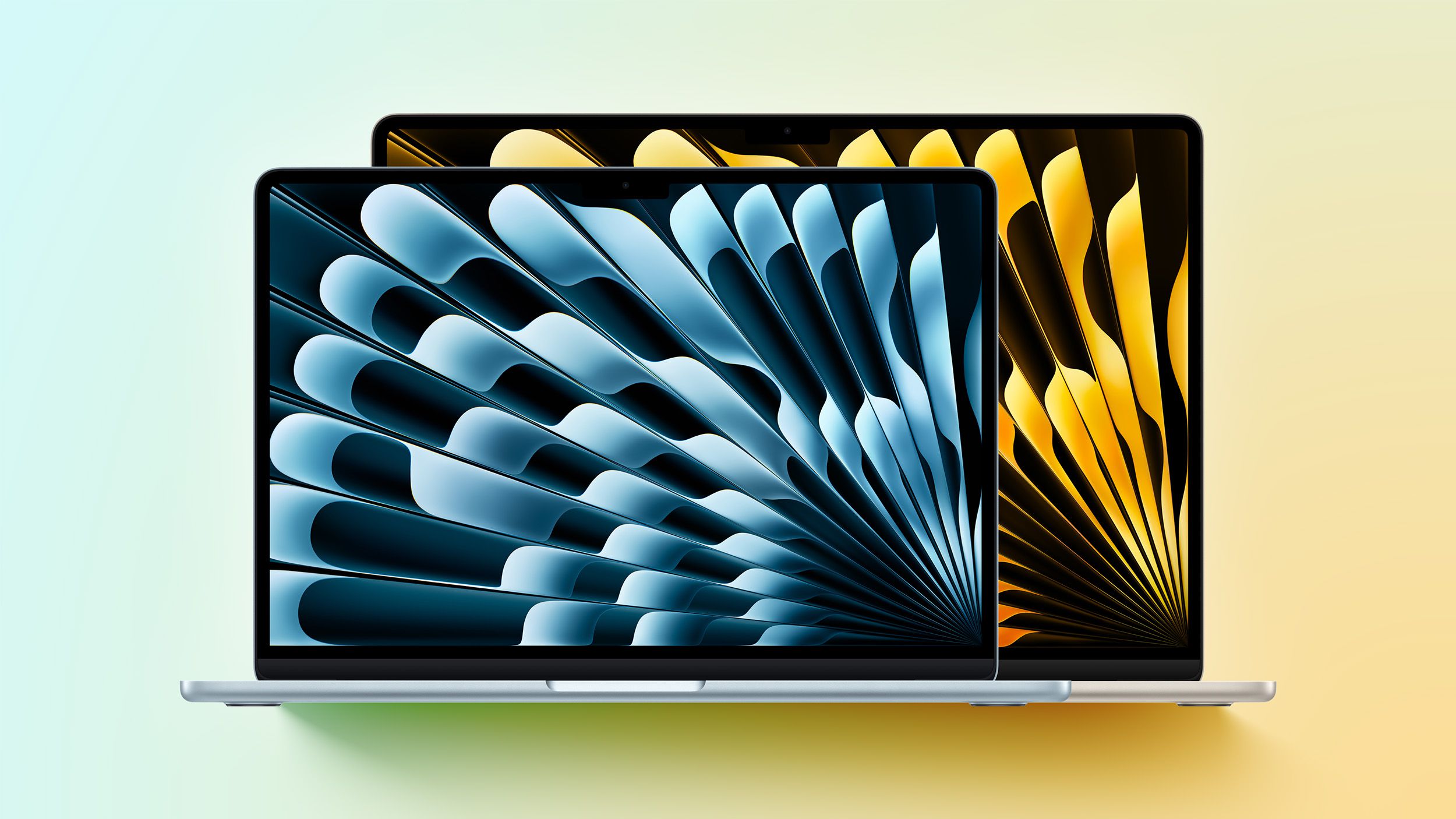
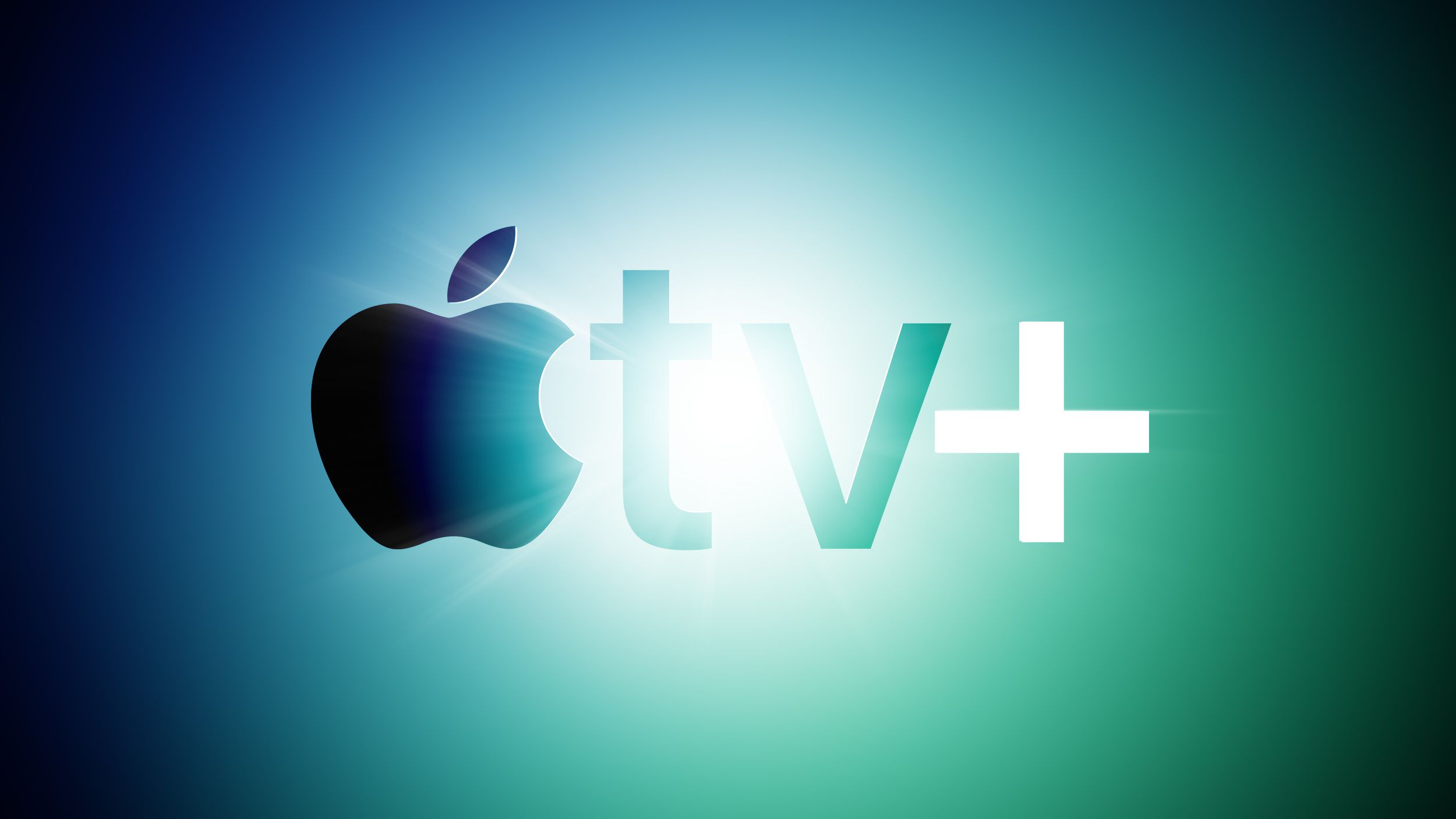























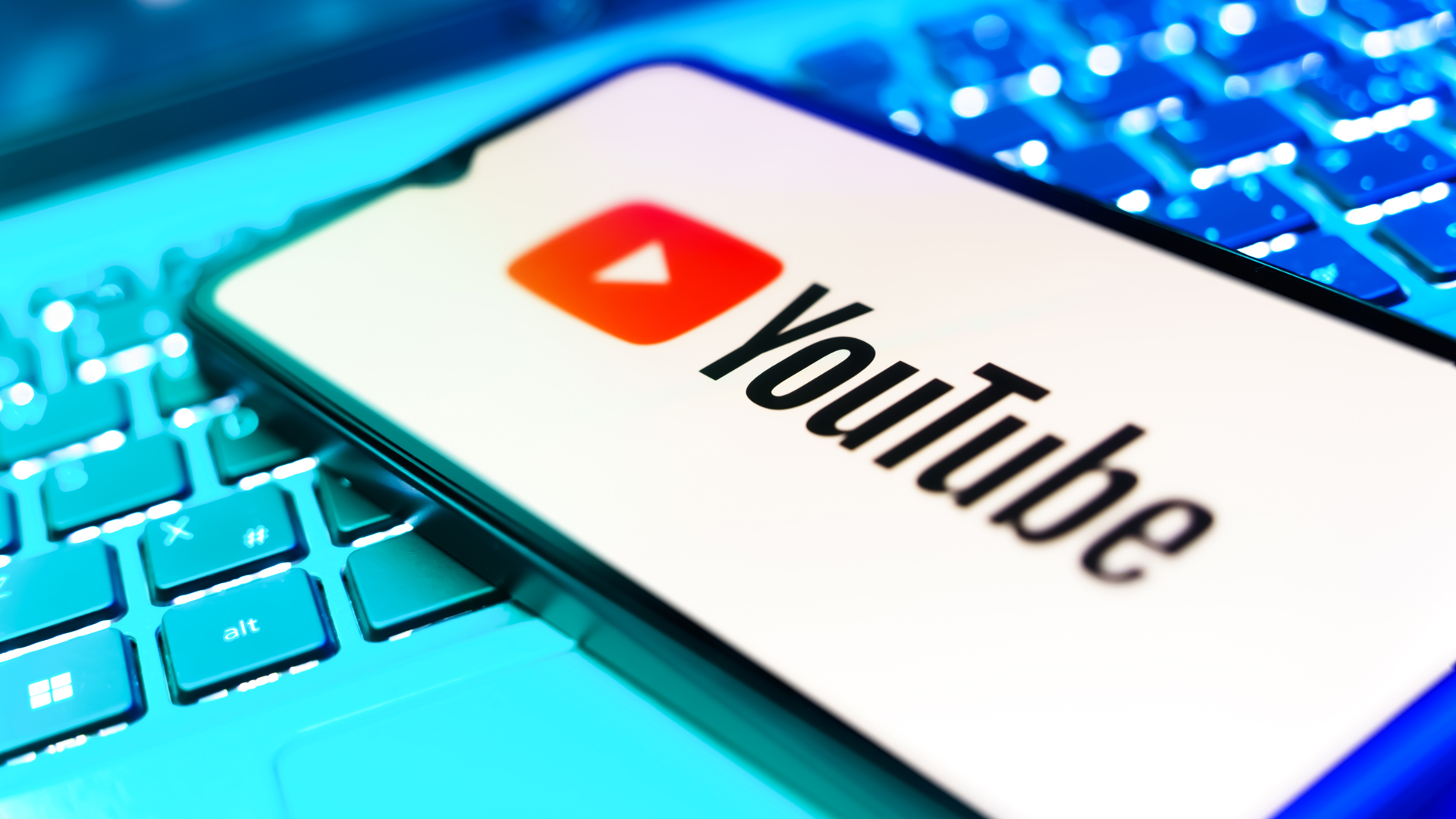
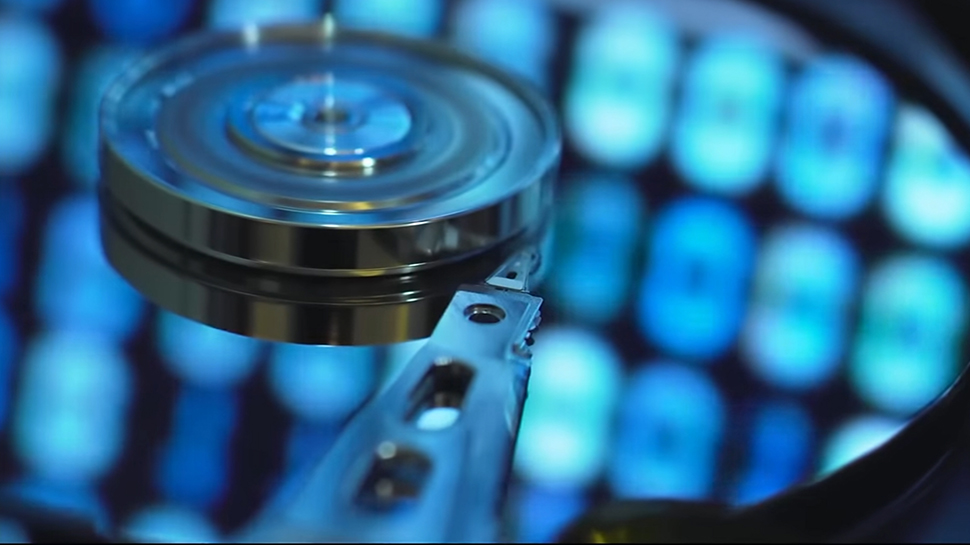













![New iPhone 17 Dummy Models Surface in Black and White [Images]](https://www.iclarified.com/images/news/97106/97106/97106-640.jpg)


![Mike Rockwell is Overhauling Siri's Leadership Team [Report]](https://www.iclarified.com/images/news/97096/97096/97096-640.jpg)
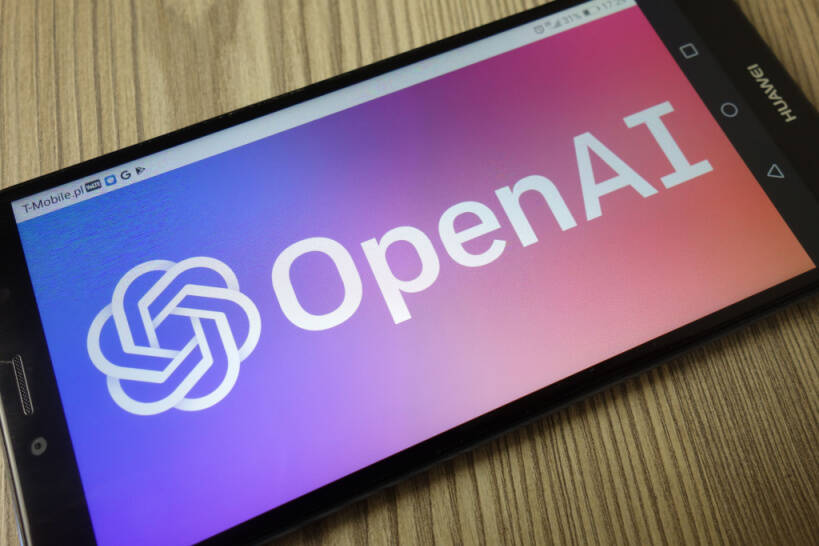




















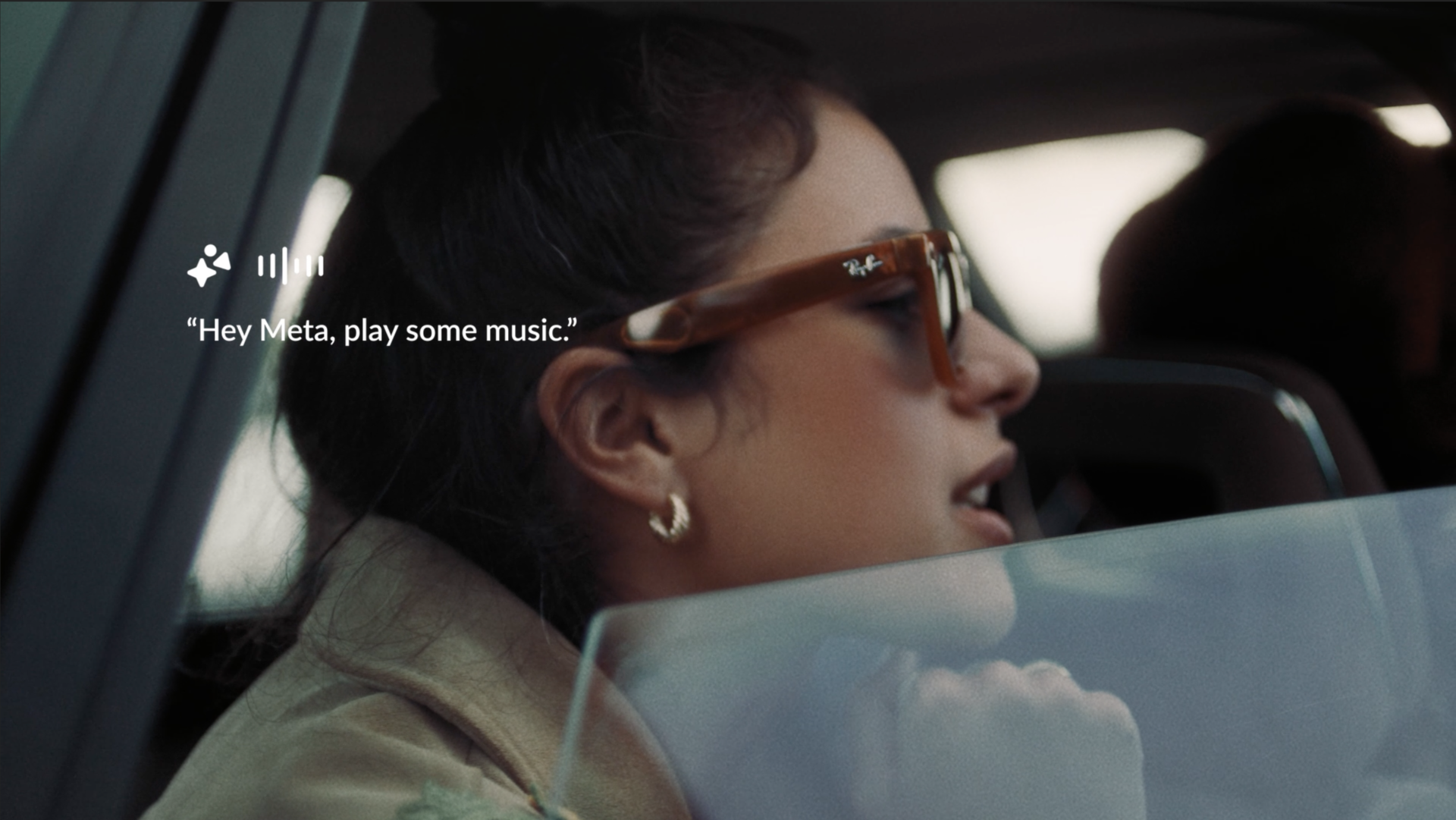


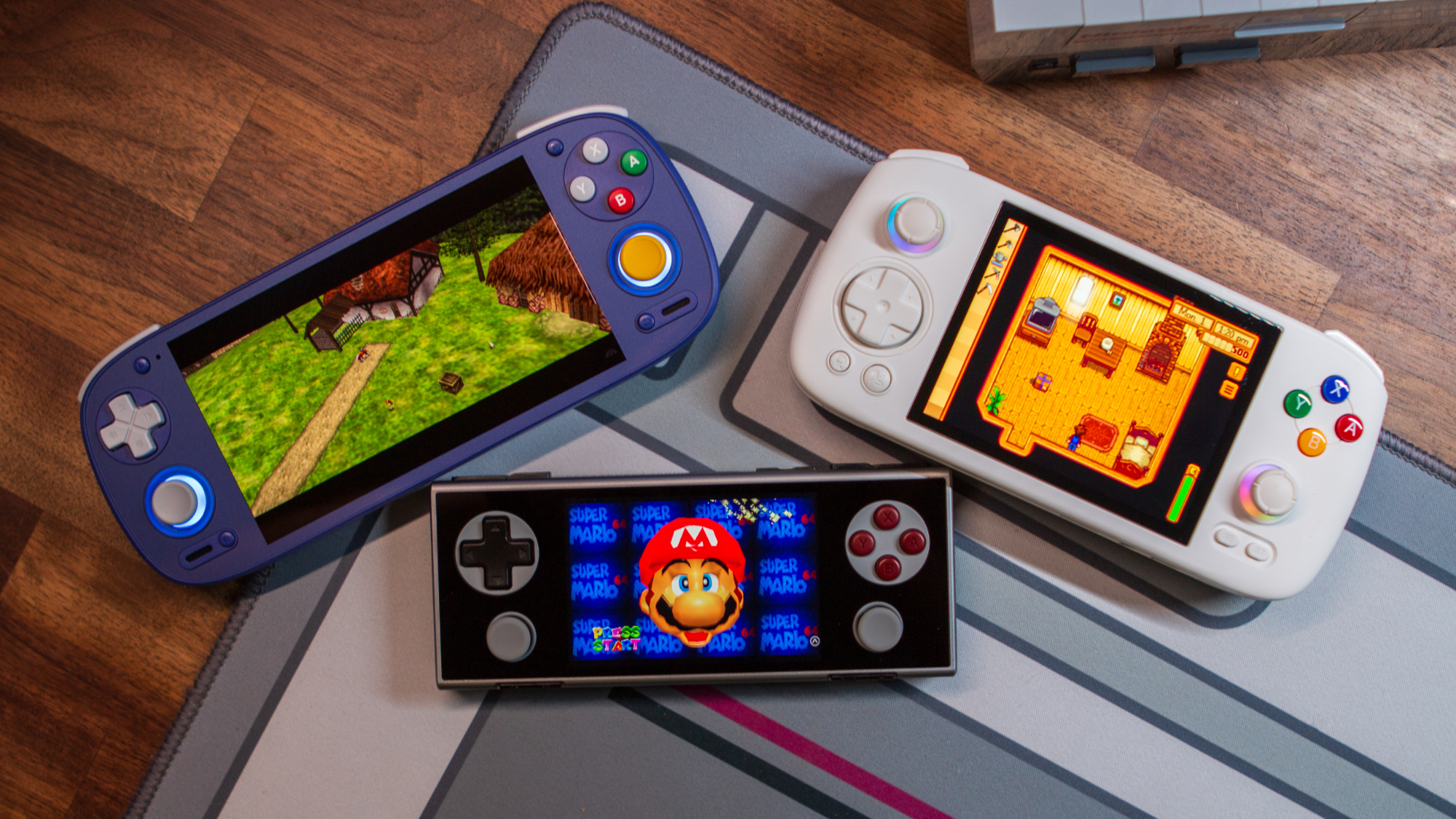

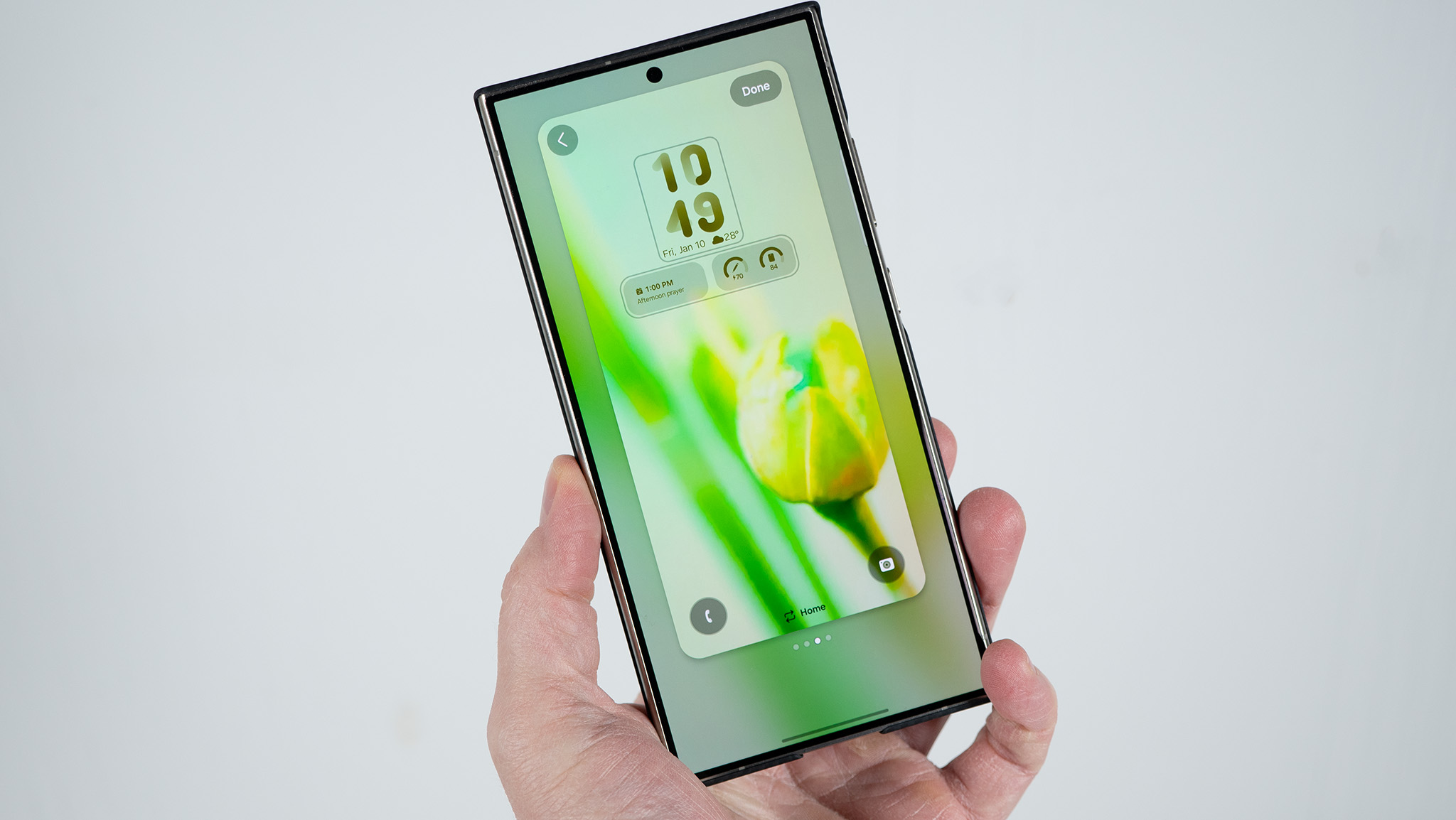






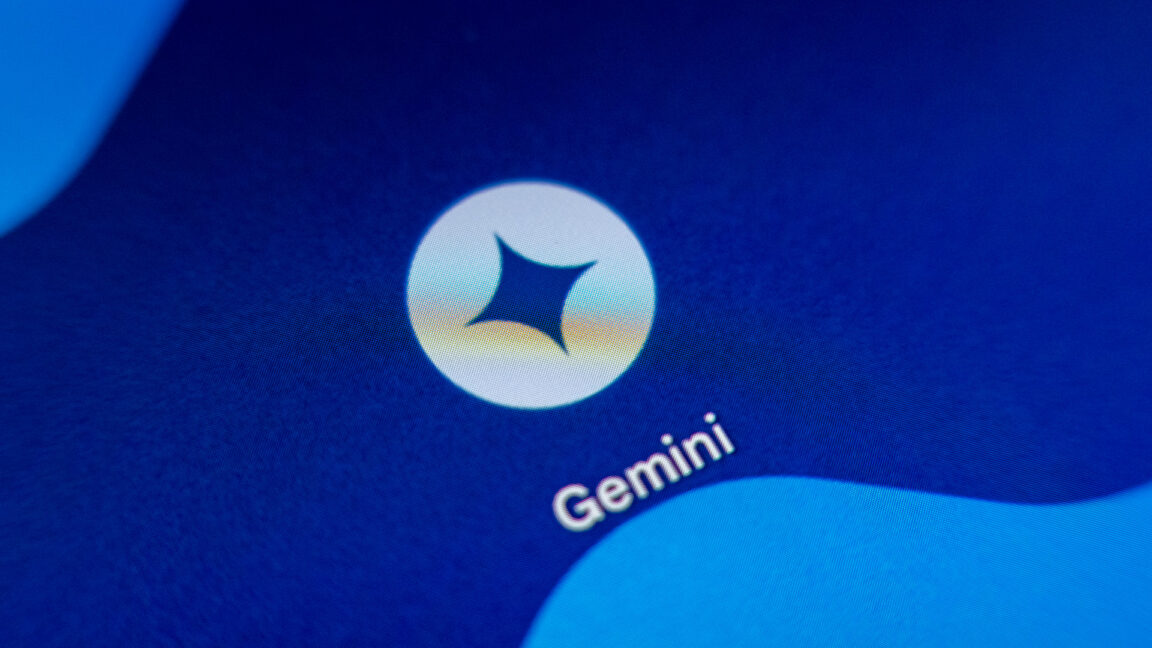












































































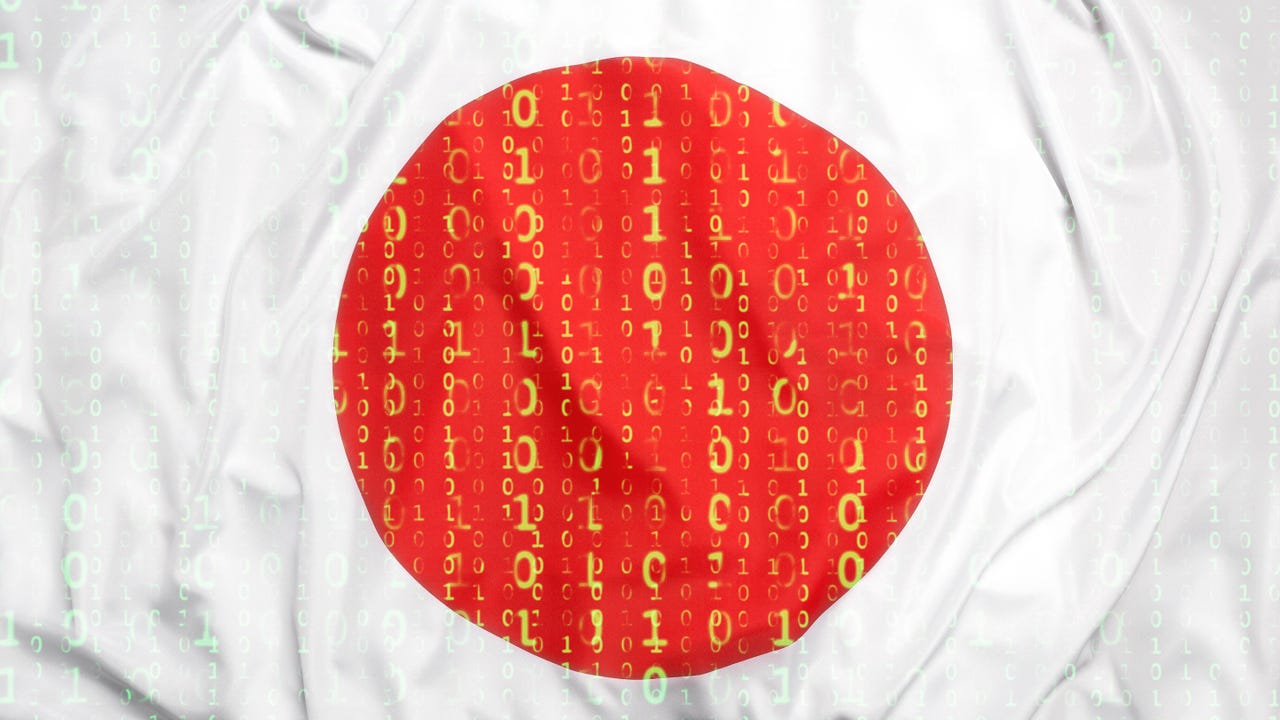




















































































![[The AI Show Episode 144]: ChatGPT’s New Memory, Shopify CEO’s Leaked “AI First” Memo, Google Cloud Next Releases, o3 and o4-mini Coming Soon & Llama 4’s Rocky Launch](https://www.marketingaiinstitute.com/hubfs/ep%20144%20cover.png)






























































































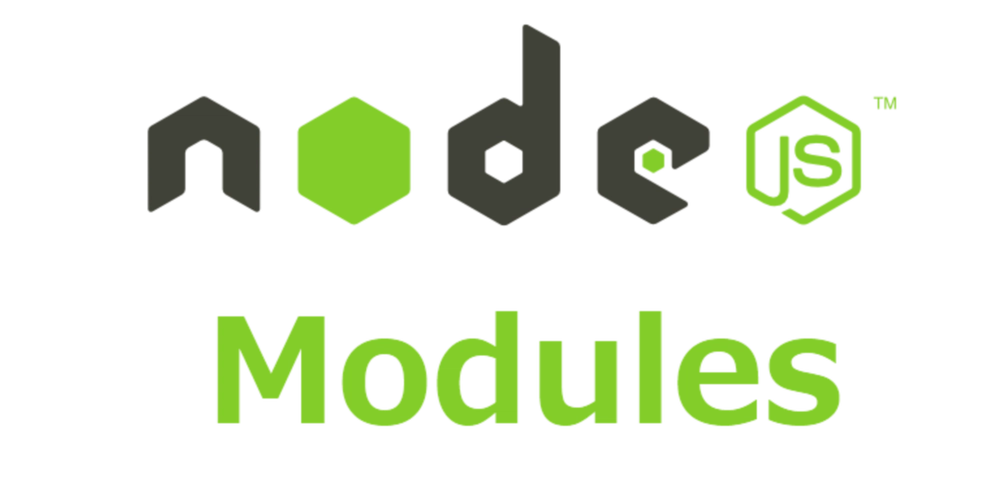
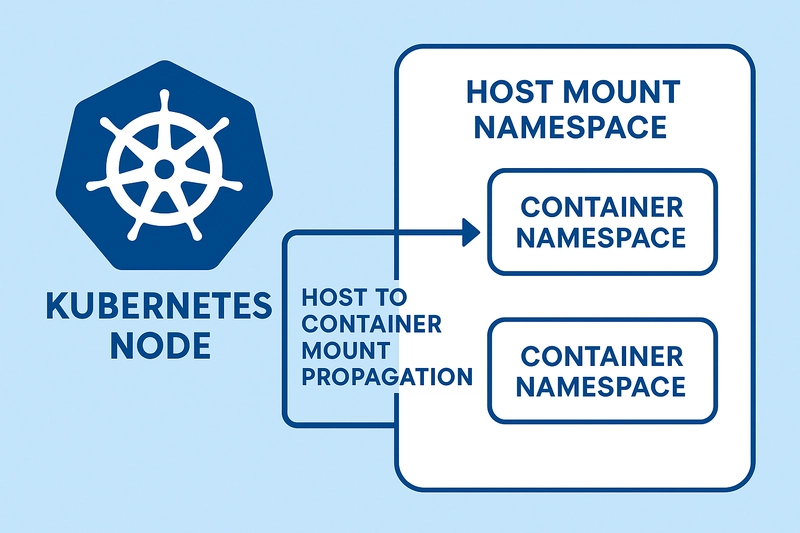






















![Is This Programming Paradigm New? [closed]](https://miro.medium.com/v2/resize:fit:1200/format:webp/1*nKR2930riHA4VC7dLwIuxA.gif)













































-Classic-Nintendo-GameCube-games-are-coming-to-Nintendo-Switch-2!-00-00-13.png?width=1920&height=1920&fit=bounds&quality=70&format=jpg&auto=webp#)

